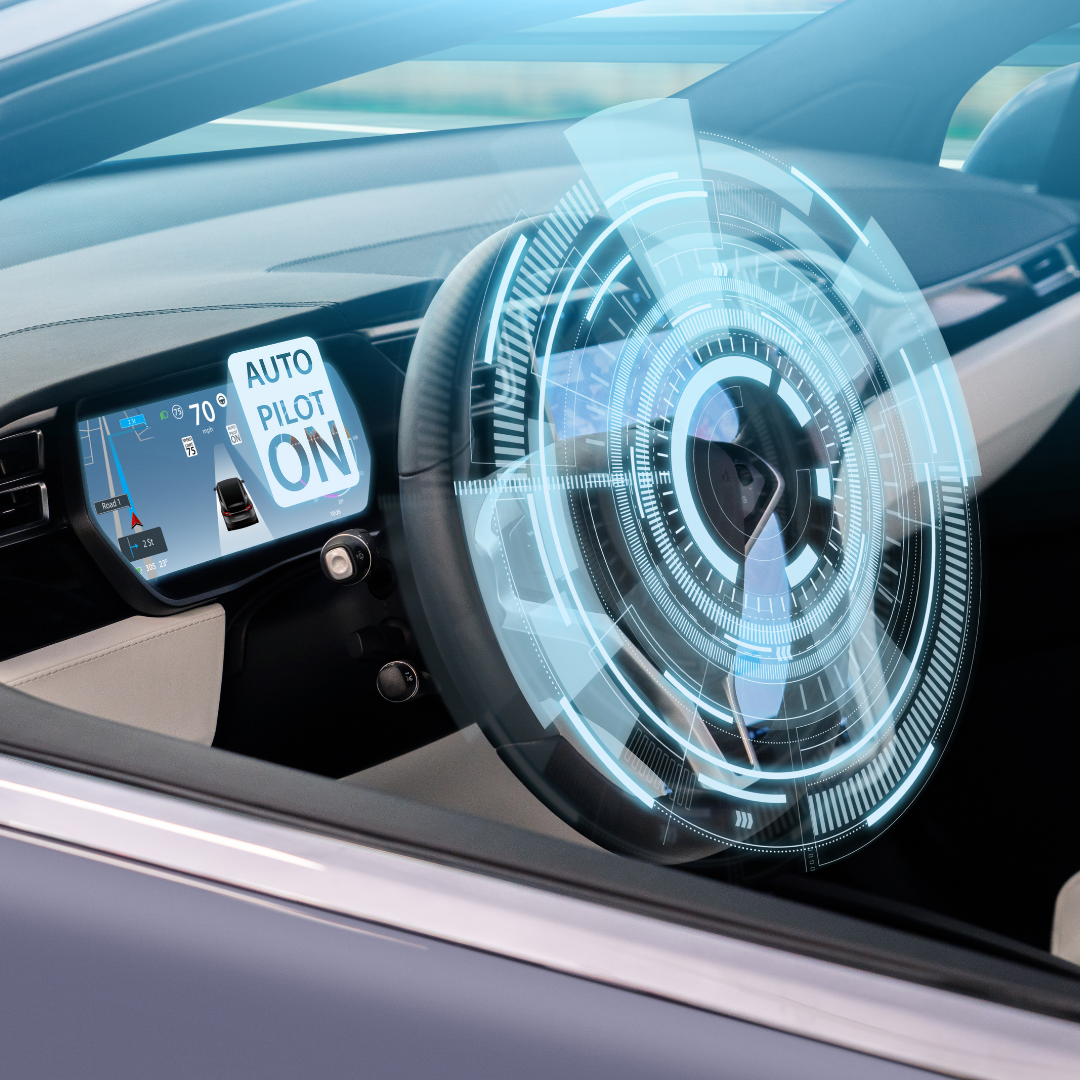Self-driving cars and IoT are often discussed together and in the same breath as if they are somehow linked in a murky, undefined, and unstructured tangle. But, are they? What might an autonomous car look like in the next year? What can IoT do to make autonomous cars happen?
“The internet of things” was a buzz phrase over a decade ago. At the time, it was only imagined that technology companies would literally connect everything in our lives to the web. But now, a new wave of Internet Service Providers is offering their customers subscription plans that include internet connectivity for all their electrical appliances, including their vehicles. These new packages provide internet connectivity and the ability to connect to the cloud with a smartphone app, allowing customers to access information about their car’s health, maintenance, and usage. However, in order for an autonomous car to make a real-time decision, or for Amazon’s Alexa to provide the right answer to your question, it would need to be close enough to a data storage unit. This is where Edge Computing would come in. Local edge servers can be created, present on certain locations around the main storage unit, that act as a middle point for the data storage unit and the IoT device in order to prevent latency and reduce bandwidth. For those wanting to learn more about Edge Computing and how it can help all IoT devices, you can learn more here or on similar web pages.
IoT is important, not just for individual customers; even companies that need to maintain entire fleets of vehicles can leverage the power of technology and make the job much easier. Fleet management software is designed as a powerful tool to provide businesses with a wealth of data about their vehicles which can be analyzed based on various metrics. In fact, telematics systems have evolved to the point where they can help improve driver performance and vehicle safety; provide real-time visual data for tracking as well as documentation; improve operational efficiency; and much more. Those interested in taking an in-depth look at telematics systems may find what they need from resources like https://www.lytx.com/en-us/resources/articles/telematics or other similar ones.
As a new technology, the Internet of Things (IoT) has the potential to transform our society and reshape the way we live. The premise of IoT is that everyday objects can be connected to the Internet and communicate with each other to create new opportunities and applications. You can read this blog from Darwoft (https://www.darwoft.com/blog/introducing-internet-things) to understand how the IoT has an even greater impact on every industry. Although many people may be skeptical of the idea of a connected car, it is becoming increasingly clear that this technology has the potential to have a huge impact on our mobility and health.
The beginning of an autonomous future is upon us. And while we can’t expect to see self-driving vehicles tomorrow, we can expect more and more cars to become more and more automated. The advent of autonomous driving is already underway in major markets around the world. China, the U.S., and other parts of the world are already seeing the first steps towards self-driving cars and fleets of autonomous vehicles.
Autonomous cars, connected cars, and IoT are on the horizon, and what will that mean for transportation? As the world’s population grows, cars and roads will be more crowded than ever. More people mean more cars on the road, which means more congestion and accidents. What can we do? Why not build more roads, make them faster, or use better technologies to keep pace with the traffic? Or, maybe we could turn all cars into robots, which sounds like a fantasy to some, but apparently not to Google, which just bought a company specializing in AI and automation.
Most cars are expected to become fully autonomous by the year 2035. In the same year, the first “smart” cars will probably be released, which are likely to have collected a great deal of data by then. Last year, the U.S. Department of Transportation (USDOT) released a report on the subject of connected cars and the potential impacts that this could have on the economy, infrastructure, and society. The report, entitled “Connected Vehicle Technology: Safety, Security, and Economic Benefits,” has been issued annually since 2001 and is the most authoritative similar paper on the subject.
At the risk of sounding like a broken record, the future is here. Self-driving vehicles, including autonomous trucks and cars have been around for some time now, but the last year has seen an explosion in the number of companies working on such projects. One of the most advanced is Waymo, and the self-driving car firm spun out of Google, which has claimed to be in the process of testing self-driving cars without a safety driver in the driver’s seat.
With all the excitement surrounding the self-driving car, you might imagine that autonomous cars will come with a legion of sensors and sensors to collect data in order to learn. But this is only half true. While autonomous cars will undoubtedly transport humans, they will also be responsible for transporting many other things, like sensors and sensors to collect data.
Self-driving cars are one of the most exciting (and controversial) developments in the world of technology. They promise to change the way we travel, the way we get around our cities, and even how we get from one side of town to the other. However, the benefits of self-driving cars will go beyond just saving lives. The technology that enables us to have highly sophisticated, driverless cars is also a key enabling technology for the Internet of Things, making its presence felt in ever-increasing ways.



